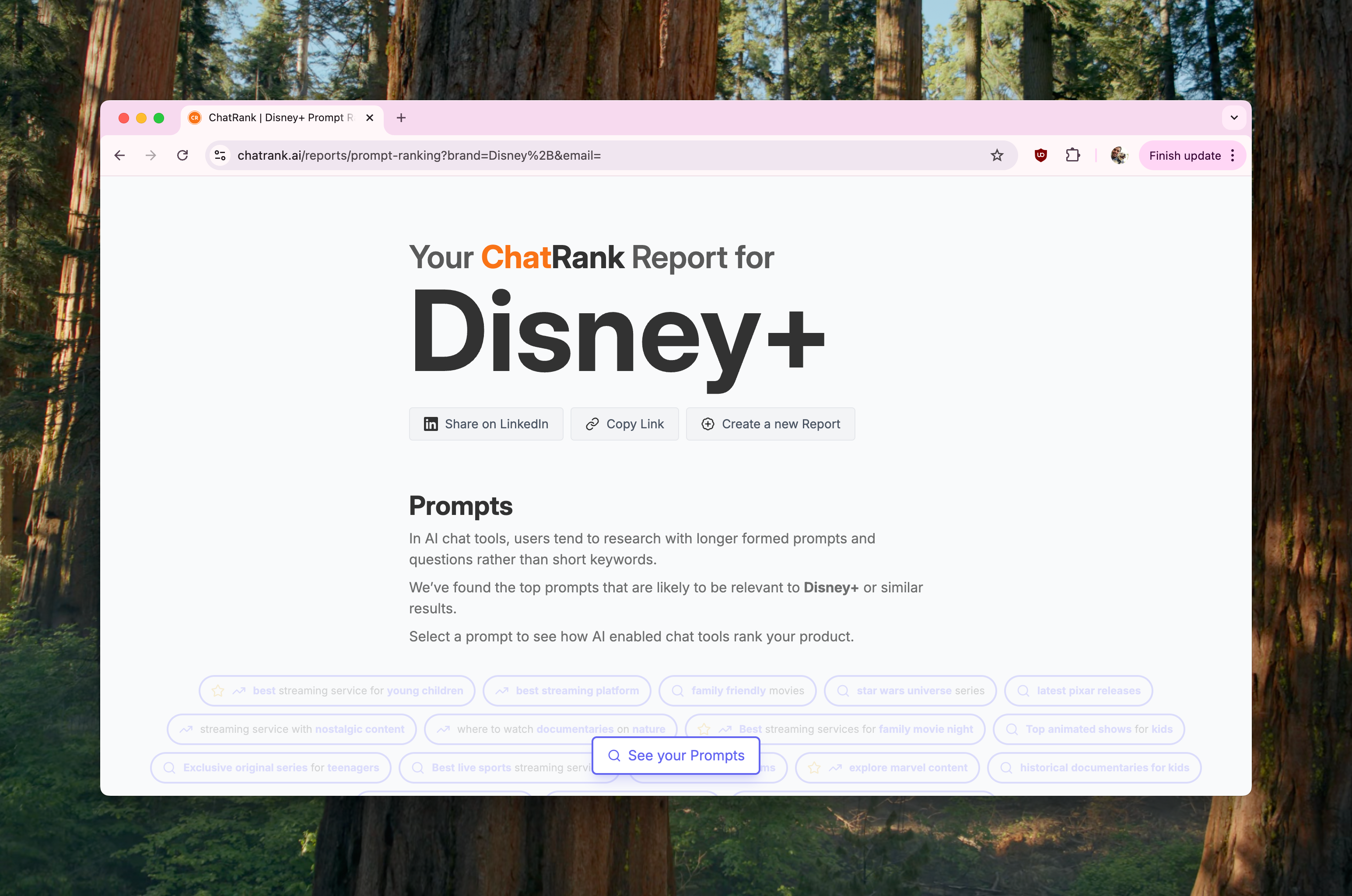Will Search Ever Be the Same with AI?
Understand how user behavior is shifting in search with AI tools increasing in prominence.

Are Users Changing Their Googling Behavior with AI Answers?
Short answer, yes—users are shifting toward more conversational queries with AI, but short queries remain widely used for quick, transactional searches.
As AI-powered search tools (e.g., ChatGPT, Bing Chat, Google Bard) become more prevalent, there’s increasing interest in whether people are transitioning from short, keyword-based searches to more conversational, chatbot-style queries. Here’s an overview of the research and trends:
1. The Rise of Conversational Queries
Natural Language Input
When users expect an AI-powered response, they often type more complete sentences or questions (Search Engine Journal). This phenomenon mirrors how people talk to voice assistants, nudging them toward full-sentence queries like “What’s the best restaurant near me for vegan options?”
Contextual Follow-ups
AI-driven search encourages back-and-forth refinement. For instance, users can follow an answer with “What if I want gluten-free?”—a conversational style rarely seen with traditional, one-shot keyword searches.
2. Why Short Queries Still Dominate
Habitual Keyword Reflex
Despite new AI interfaces, many users still rely on concise, keyword-based queries. After years of searching with simple phrases like “best running shoes,” people maintain this habit for efficiency (Moz Blog).
Transactional Searches
For straightforward tasks—like “Nike Air Zoom size 10”—short queries work well, quickly returning product listings without needing a chatbot-style explanation.
3. The Voice Assistant Factor
Longer, More Natural Queries
Voice assistants (Siri, Alexa, Google Assistant) naturally prompt users to speak in full sentences, such as “Hey Google, what’s the fastest route to the airport?” This parallels the more conversational style of AI chatbots (eMarketer).
Context & Environment
Voice queries often occur when users are multitasking—cooking, driving, or walking. In these situations, dictating a full question is more convenient than typing, reinforcing conversational habits.
4. Data & Studies on AI-Influenced Search Behavior
- Search Analytics: According to marketing data (Search Engine Journal), there’s a noticeable rise in long-tail, question-based searches attributed to AI chatbot usage.
- User Interface Effects: Research indicates that a chatbot-style text box primes users to write full questions, shifting query style (Human-Computer Interaction Review).
- SEO Trends: Many agencies report a small but significant increase in conversational search, although short, keyword queries still account for the majority of overall search volume (Marketing Intelligence Weekly).
5. What This Means for Search & Content Strategy
Content Optimization
As AI chat becomes common, content creators should optimize for both short-tail and conversational queries. Using structured data, FAQ sections, and direct-answer formats can help capture these evolving search behaviors.
Hybrid Behavior Persists
Analysts predict a continued mix of query styles. Short fragments suit quick lookups, while longer, more natural questions help with detailed or exploratory searches.
A Gradual Shift
Expect a steady (but not immediate) rise in conversational queries as users adapt to AI-driven interfaces. Traditional “keyword + phrase” methods will remain effective in parallel, at least for the near future.
Key Takeaways
- Conversational Queries Rising: Users increasingly type questions in a human-like tone, often inspired by AI chat tools.
- Short Queries Still Common: Efficiency and habit keep keyword-based searches strong, particularly for transactional or routine lookups.
- Voice Search Overlap: Full-sentence voice queries align closely with chat-like searching, further driving conversational habits.
- Hybrid Future: Standard Google searches and AI-powered chat interactions will coexist, each suited to different user needs.


We’ve been using ChatRank for 34 days, and following their plan, we’ve actually grown over 30% in search visibility

ChatRank helped us go from zero visibility to ranking #2 in a core prompt for our business with only one new blog post!

